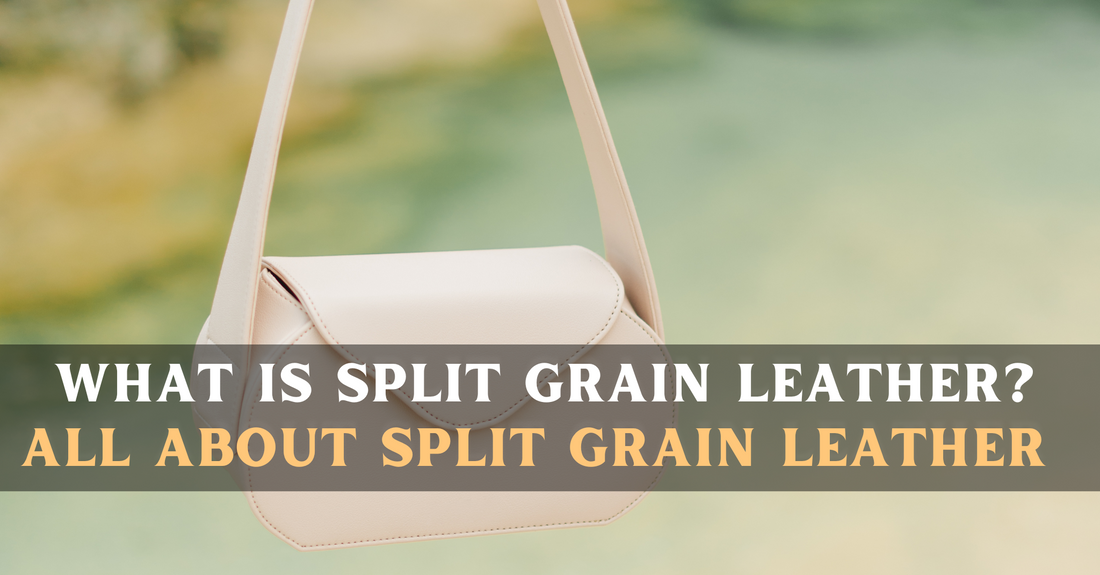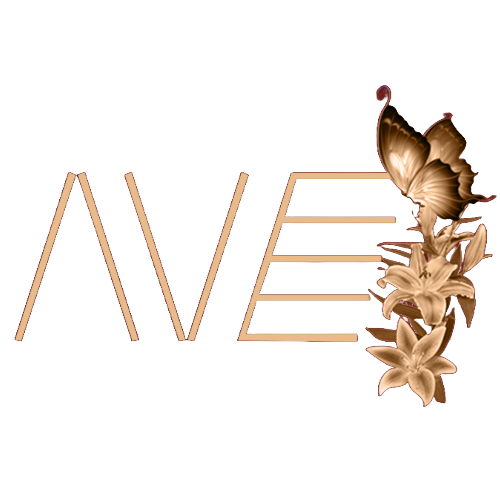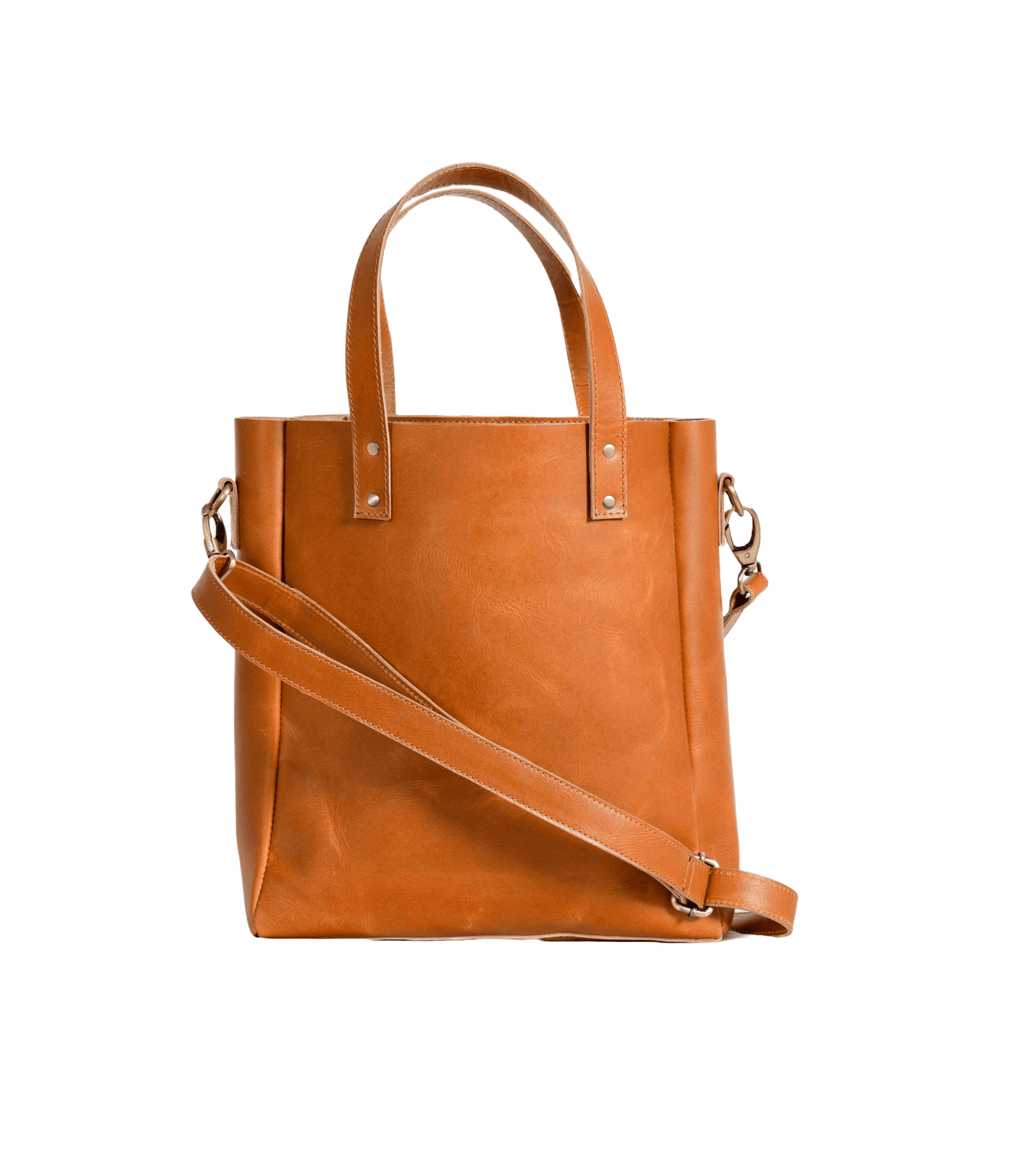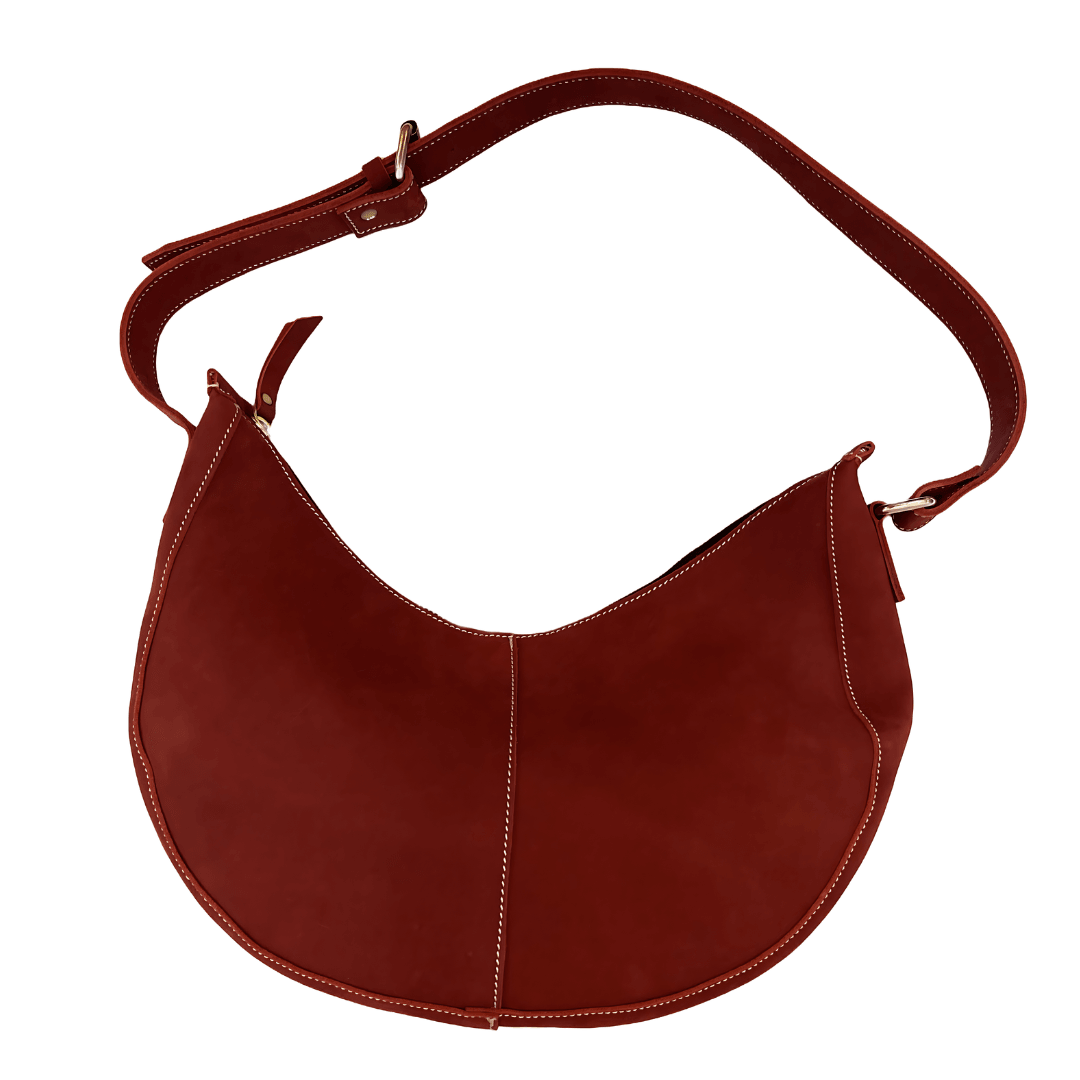
What Is Split Grain Leather? All About Split Grain Leather
Share
Leather is a timeless material, synonymous with durability, luxury, and style. It comes in various grades, with each serving a distinct purpose based on its characteristics and intended use. One of the lesser-known types is split grain leather, an affordable yet functional option that has been widely used in products ranging from furniture to fashion leather accessories. In this blog, we’ll dive into what split grain leather is, how it’s made, and where it fits into the world of leather products.
What Is Split Grain Leather?
Split grain leather is the layer of leather taken from the lower or underside of the hide, typically below the top grain. When a hide is processed, it is often split into multiple layers. The top portion, closest to the hair, is the full grain or top grain leather, which is known for its strength and natural appearance. The remaining portion, which is the split, lacks the same density and durability but is still useful for many purposes.
How Is Split Grain Leather Made?
Split grain leather is created when a full hide is mechanically split into two or more layers. The top layer becomes full or top grain leather, while the split leather is the bottom layer, which has been removed from the grain. Split grain is often treated or coated with a layer of polymer or finished with an artificial grain to give it a more aesthetically appealing look.
Read more blog - Nera Leather Bag | Full Grain Leather Bag
While split grain leather lacks the strength of full grain or top grain leather, it can be treated and embossed to resemble its higher-end counterparts. It is also more cost-effective, which makes it a popular choice for manufacturers looking to offer leather goods at a more affordable price point.
Characteristics of Split Grain Leather
- Appearance: Split leather often lacks the natural grain texture seen in full or top grain leathers. To improve its look, it is often sanded, buffed, and sometimes embossed with a pattern resembling natural grain.
- Durability: Split grain leather is not as durable as top grain or full grain leather. Because it comes from the less dense part of the hide, it is more susceptible to wear and tear over time, making it more suitable for leather purses that won’t undergo heavy use.
- Affordability: One of the key advantages of split grain leather is its affordability. It provides a leather-like appearance without the premium price tag associated with full or top grain leathers.
- Softness: Split leather tends to be softer and more flexible compared to full grain leather. This can be ideal for certain products - small leather bags, blue leather purses such as clothing or upholstered furniture, where flexibility and comfort are important.
Common Uses of Split Grain Leather
Split grain leather is used in various industries, depending on the finish and treatment it undergoes. Some common uses include:
- Furniture Upholstery: Since it’s often coated or finished to look like higher-quality leather, split grain leather can be a budget-friendly option for couches, chairs, and other upholstered furniture.
- Fashion Accessories: Split leather is frequently used for belts, wallets, and leather handbags , leather tote purses , leather crossbody sling bags , mens leather goods , leather messenger bags, leather book bags that offer the look of leather without the high cost.
- Footwear: It’s also used in shoes, particularly in the lining or areas that don’t experience heavy stress.
- Work Gloves and Protective Gear: Split leather can be seen in safety gloves and other protective apparel, especially when a softer material is required.
Split Grain Leather vs. Full Grain Leather
Full grain leather is the highest-quality leather, made from the top layer of the hide, including all of its natural grain. It retains the original texture and imperfections, which contribute to its durability and character. Full grain leather ages beautifully and develops a rich patina over time.
Split grain leather, on the other hand, is taken from the lower layer of the hide. It is not as tough or long-lasting as full grain leather, and it often requires additional treatments to improve its appearance. However, its lower cost makes it a popular choice for consumers looking for a leather-like material on a budget.
Pros and Cons of Split Grain Leather
Pros:
- Cost-effective
- Softer and more flexible than full grain leather
- Can be treated to mimic the appearance of top grain leather
Cons:
- Less durable and prone to wear and tear
- Does not age as well as full grain leather
- Often requires additional treatments and finishes to enhance its appearance
FAQs About Split Grain Leather
- Is split grain leather real leather? Yes, split grain leather is real leather. It comes from the lower part of the animal hide after the top layers have been removed. However, it’s not as strong or durable as full grain or top grain leather.
- Can split grain leather last a long time? While split grain leather isn’t as durable as full grain or top grain, it can still last for several years if cared for properly. Its lifespan will depend on the specific use and maintenance.
- How do I care for split grain leather? Caring for split grain leather involves regular cleaning and conditioning to prevent it from drying out and cracking. Avoid direct sunlight and moisture to maintain its condition.
- Is split grain leather good for furniture? Yes, split grain leather is commonly used in furniture, especially for budget-conscious consumers. While it may not last as long as full grain leather, it provides a leather-like look at a lower price point.
- What’s the difference between split grain leather and bonded leather? Bonded leather is made from leather scraps that are ground up and glued together, often with a polyurethane coating. Split grain leather, on the other hand, is made from the lower layer of a hide and is a higher-quality material than bonded leather.
Final Thoughts
Split grain leather provides a cost-effective alternative to higher-end leathers, offering a similar appearance for less money. While it may not have the same durability or prestige as full grain leather, its flexibility, softness, and affordability make it a popular choice in many industries.
When shopping for leather goods, it’s essential to understand the differences between the various types of leather so you can make an informed decision based on your needs and budget.



